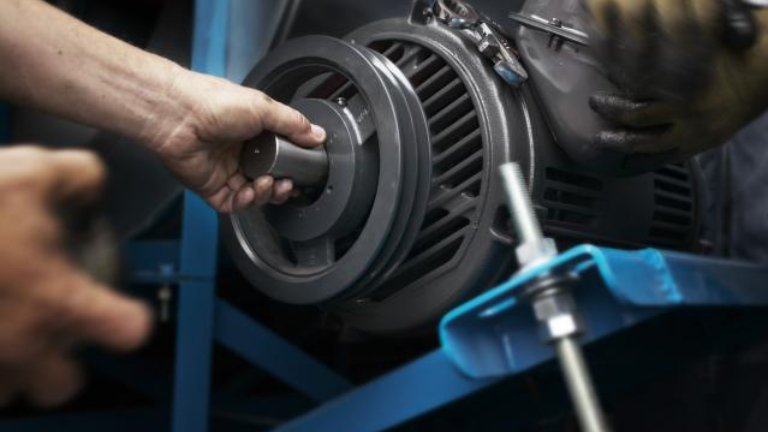Blog
Published: March 26, 2012
Maintenance Innovations Enable High Performance in Commercial Buildings
It's the situation every building owner wants to avoid –they've invested in new heating, ventilation and air-conditioning (HVAC) systems, and yet building performance is suffering.


It's the situation every building owner wants to avoid –they've invested in new heating, ventilation and air-conditioning (HVAC) systems, and yet building performance is suffering.
It may seem like an unlikely scenario, yet it happens more than you might think. The fact is, a poorly designed building that is effectively maintained will actually outperform a well designed building that is poorly operated.
Given this reality, why would you not put into place high performance maintenance and operating practices?
The value of adopting highly effective operating and maintenance practices
So, what are the best operating and maintenance practices that will help building owners avoid the problem of under-performing building systems?
The first step is getting away from the "run-to-fail" approach. When it comes to maintenance of key equipment and building systems, owners should shift to an approach that is proactive, using preventative and predictive practices.
Run-to-fail, or "don't fix it until it's broken,” is a reactive approach. To truly achieve high performance, building owners must elevate their practices by getting proactive when it comes to maintenance. Consider the cost of an emergency repair to a critical building system that disrupts the intended use of the building and it is easy to see why run-to-fail is really a sprint toward failure.
Using predictive strategies, on the other hand, allows building owners to plan maintenance around critical building functions and minimize disruptions to the day-to-day operation of the building, saving time and money while improving tenant satisfaction.
The Trane High Performance Buildings approach starts with aligning the maintenance strategies for a building around the key mission of the business. Run-to-fail doesn't take into account your mission. When equipment fails, it does so with no regard for what you might have planned for that day.
Lifecycle costs versus first costs
What is the true cost of owning a building over its entire life span? Too often, building owners fail to consider this key strategic question, instead focusing on individual pieces and parts and what they cost to repair.
Trane can help them with the assessment piece to determine what building owners are actually spending on their current systems.
A professional assessment of the facility can be enlightening for owners. These types of assessments help build an understanding of where money is being spent and what building systems truly cost, from actual costs of the equipment (first costs) to the energy costs associated with running it (operating costs) to the repair and failure costs (replacement costs) of equipment.
An understanding of how these factors relate to your building will help you make an educated decision about what approach to maintenance to take.
The pit falls with focusing on first costs
For most applications, it is shortsighted to just look at first costs.
Take the example of somebody considering the purchase of a vehicle. When deciding between two similar vehicles, priced at $10,000 and $15,000 respectively, a first-cost focus will lead the buyer to purchase the cheaper vehicle based upon price alone.
If, however, they factor in what the costs of owning and operating the vehicle will be over the next five or 10 years, the more expensive car may be the better option if it leads to reduced maintenance, more efficient energy efficiency and fuel economy, better features or other benefits of ownership.
If building owners switch their thinking to this type of approach to maintenance of key systems and equipment, they can avoid costly down time and turn their building into an asset that supports, rather than interrupts, their business mission.
